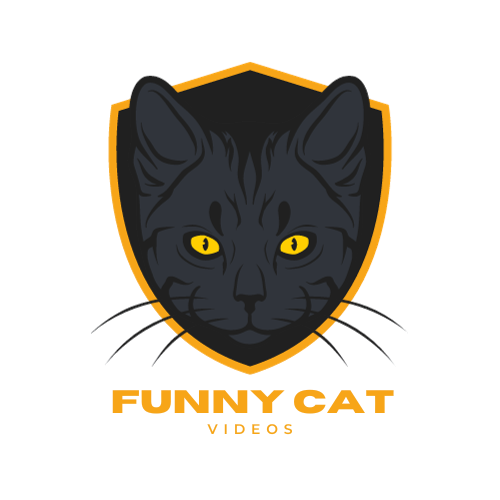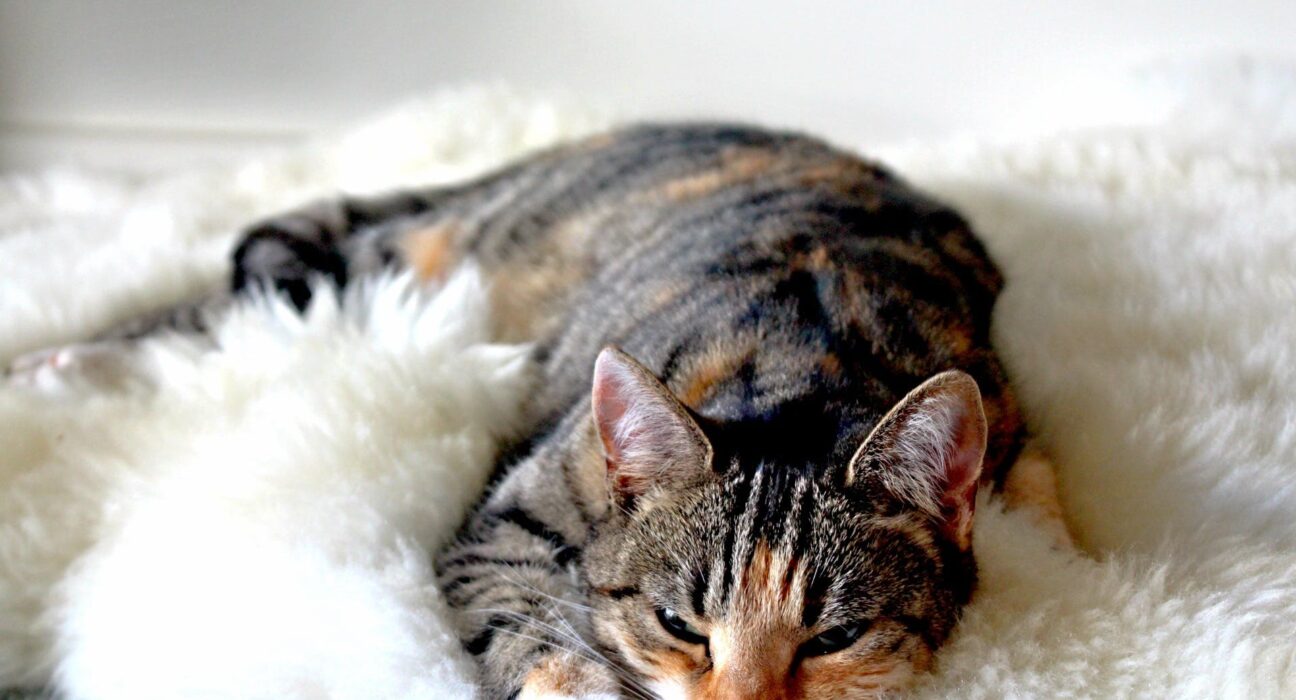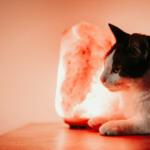Funny cats, with their perplexing ways, are normal humorists. The criticality lies in their developmental history. I get into the enchanting world of cats and their peculiar antics. At any point, why does your feline companion appear to have a mystery stand-up routine while pursuing a laser pointer or jumping on a clueless piece of string? It turns out there’s some serious science behind these silly behaviors.
Cats, with their confounding ways, are regular comics. Their vitality lies in their developmental history. Domestic cats share a common ancestry with their wild counterparts, who need to be agile and quick to survive. Fast-forward to your living room and these ancestral traits manifest in their playfulness. Dr. Susan B. Roberts, a famous animal behaviorist, figures out that the carefree antics of cats fill different requirements. It helps them further develop their abilities to hunt as well as gives them mental inclination, thwarting exhaustion and ensuring a strong, bright cat.
Along these lines, the accompanying time your furball does a somersault chasing after a crest, revel in the way that you’re seeing the result of millions of significant lengths of improvement, packaged in a store of fur and stubbles.
Decoding the Funny Cat’s Body Language
One of the primary reasons cats are such a riot to watch is their expressive body language. Cats communicate a heap of feelings through their development, and disentangling this feline Morse code adds a layer of entertainment to their antics.
At what point have you seen a cat squirm its rump before jumping on a clueless toy? This charming behavior is known as the “butt squirm,” and it fills a pivotal need. It’s a sign that your cat is preparing to get a move on—an introduction to the comedic tumbling that follows. Dr. John Bradshaw, a cat behavior master, proposes that this behavior is imbued in a cat’s hunting senses. The squirm is a way for them to check the distance, guaranteeing an exact and fruitful jump.
Besides, a cat’s tail is a gold mine of data. A puffed-up tail can mean they’re surprised or terrified, while a flicking tail could mean inconvenience. Understanding these unobtrusive prompts upgrades our appreciation for their humor. It’s like watching a silent comedy show where every twitch and wiggle adds a new layer to the storyline.
The Laughter Connection: Cat Humor and Human Emotions
Have you at any point ended up multiplied over in giggling watching your cat waste time or take part in a legendary fight with a piece of string? That chuckling isn’t a reaction to your fuzzy companion’s antics; it’s well-established in the science of human feelings.
Dr. Emily Bakeman, a psychologist specializing in the human-animal bond, explains that the joy we experience when watching cats do something amusing is a form of emotional contagion. Our emotions synchronize with the perceived emotions of our cats, creating a shared moment of happiness.
Besides, the flightiness of cat behavior adds a component of shock, making their antics more entertaining. Like having a live-in entertainer, you never run out of material. So, the next time your cat does something that leaves you in stitches, know that it’s not their comedic prowess at play but a beautiful connection between feline antics and human emotions.
Cat Play: More Than Fun and Funny Games
While it might appear as though cats are taking part in paltry play, there’s a strategy to their franticness. Understanding the science behind cat play reveals insight into the significance of these carefree exercises for their general prosperity.
Dr. Jane Brunt, a funny feline veterinarian, stresses the importance of play in maintaining a cat’s physical and psychological wellness. Play isn’t a recreation movement for them; it’s an essential part of their everyday practice. It assists cats with keeping a solid weight, further develops muscle tone, and hones their reflexes. Moreover, play fills in as a source for their normal hunting senses, forestalling behavioral issues that might emerge from fatigue.
Thus, when your cat participates in an energetic round of “pursue the plume” or “find the stowaway,” it’s not a diversion—it’s a fundamental part of their general well-being. By giving them chances to play, you’re revealing their amusing bones as well as adding to their bliss and prosperity.
Conclusion: The Endearing Enigma of Feline Humor
In the delightful world of cat humor, science and spontaneity collide, creating moments of pure joy for cat owners. From the evolutionary echoes of wild hunting instincts to the nuanced language of wiggling tails and flicking ears, every feline antic is a masterpiece of natural comedy.
So, the next time your funny cat transforms into a furry stand-up comedian or executes a flawless acrobatic routine, take a moment to appreciate the science behind the laughter. After all, in the realm of cat humor, every whisker twitch and every paw pad dance is a testament to the enduring and endearing enigma of our feline friends.





